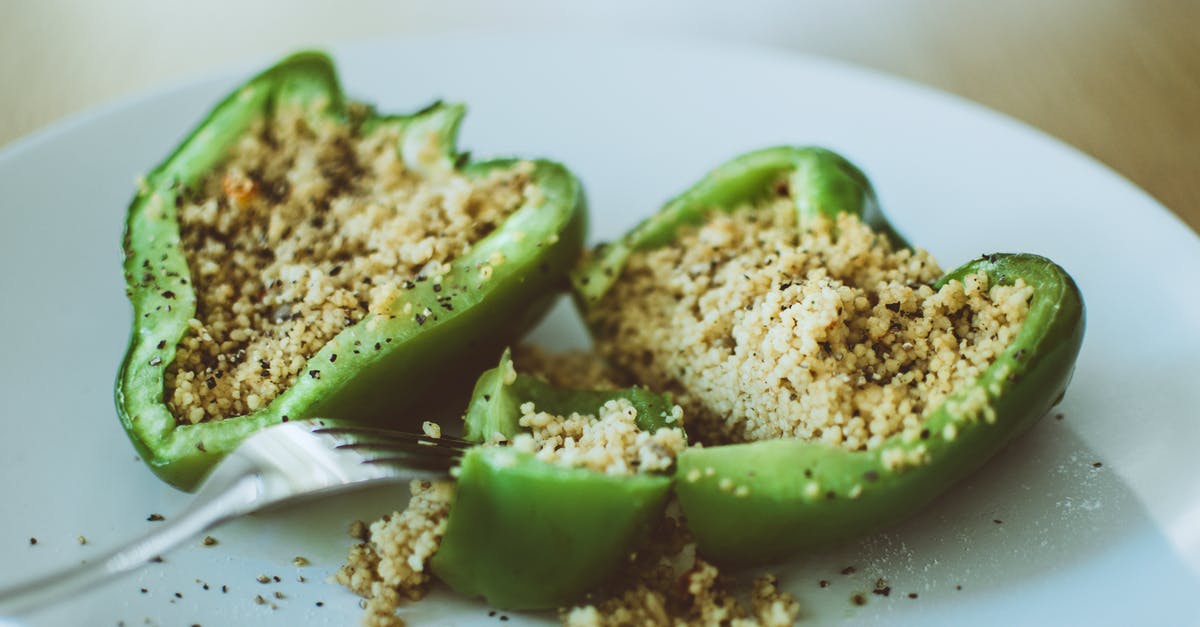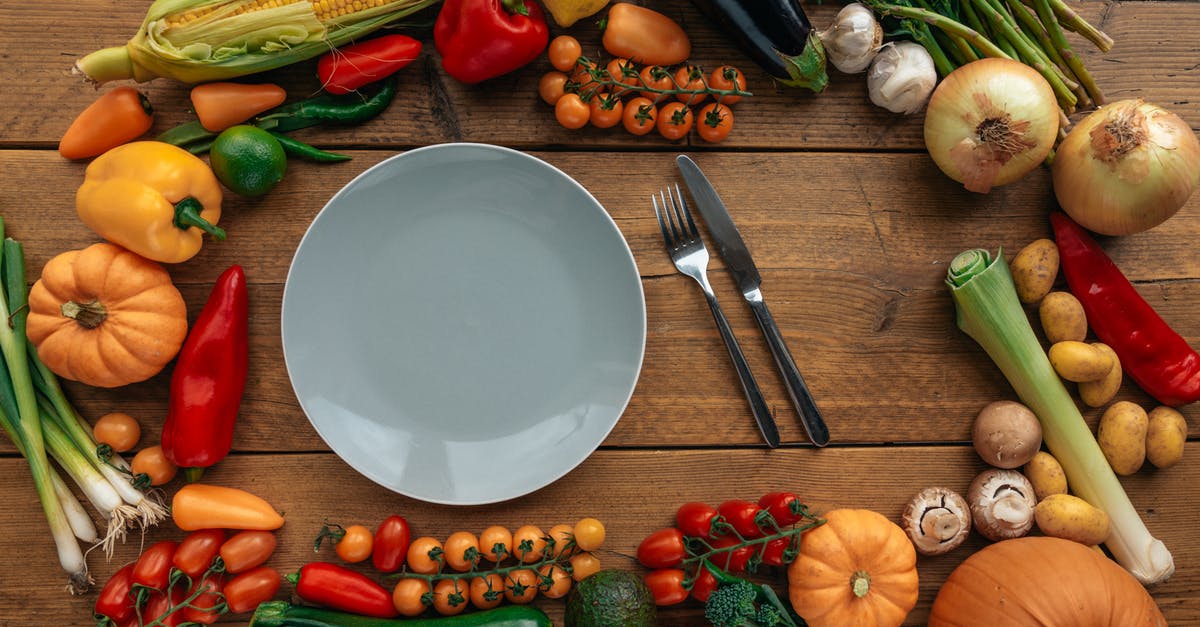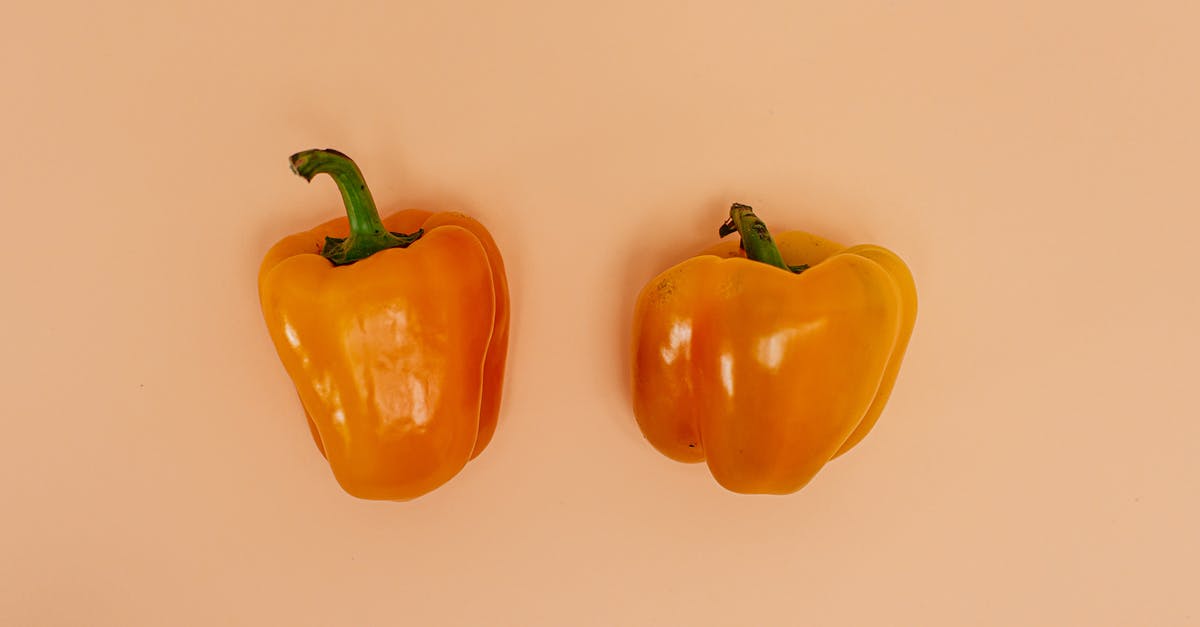How can I tell if bell peppers have gone bad?

I regularly buy bell peppers from a local supermarket, but unfortunately they don't always have the freshest vegetables. Sometimes I can tell that the peppers have gone bad when they have brown spots or even mold, but more than once now I have bought peppers that looked fine from the outside but when I opened them they had mold in them and smelled bad. On the other hand I also had peppers that were very wrinkly or had dark seeds, but other than that seemed fine.
So my question is: How do I know if a bell pepper has gone bad?
- What are indicators that a pepper has gone bad?
- Are there indicators that I can see or feel from the outside?
Best Answer
Here are a few things to be wary of when buying peppers:
- Wrinkled skin -- it's a sign that they're drying out. It should be firm and smooth.
- Soft areas -- it's a sign that it's starting to rot in areas. It should be firm all over.
- Fuzz near the stem or blossom end -- you can't always see outward signs of the fuzzy mold, but if you do, it'll be right around where the stem attaches, or in the crevice on the other side.
- Cracks -- it's a sign that someone's dropped it, and opens up the possibility of rotting faster
- Spots -- besides the soft areas, you can get small dots in an area ... it's a sign of disease. (I'm not sure which; I typically get this when growing my own, don't see it in the store).
- Holes -- a sign that there's an insect that's eaten its way inside. (again, I see this more on home grown ones)
Things that aren't always a problem:
- Discoloration : if it's a green pepper, it might start turning red, yellow or orange. Red peppers might have an area that looks black or brown. So long as that area isn't soft, and the color changes look blended in (not where it's an obvious line between colors), it's fine.
- Weight : you typically want heavier specimens, but some varieties are thinner skinned, and won't be as heavy. If you find one that seems abnormally light, compare it to similar sized ones in the display. If they're all the same, and don't have wrinkled skin, they're probably okay.
- White lines : you typically see this more on hot peppers, but it can happen on bell peppers, too. They'll be roughly parallel to each other, along the line from stem to blossom. It's a sign that they got a sudden burst of water while growing, which caused the skin to crack (but then heal).
- Folds : some varieties of peppers are more balloon-like, while others may have a few folds; so long as it's still smooth skin (not wrinkled), relatively heavy for its size, and you don't see fuzz in the folds, it's not an issue.
Pictures about "How can I tell if bell peppers have gone bad?"



Quick Answer about "How can I tell if bell peppers have gone bad?"
What do expired bell peppers look like?
Some common traits of peppers getting old are when they show the appearance of wrinkles and a softer skin. These peppers can still be used to cook with, but will not be appealing to eat raw. Soon after they become soft, they will start to become slimy and mold will begin to develop.What happens if you eat old bell peppers?
You can get sick from eating old bell peppers because they can grow bacteria and mold. While it shouldn't make you dangerously ill, you should avoid it if possible. The appearance of a rotten pepper is usually enough to keep you from eating it. Eating old or rotten bell peppers can cause digestive problems.Can Bad peppers make you sick?
Avoid peppers with visible damage, such as soft areas or wrinkled skin. Harmful microorganisms could enter the damaged vegetables and cause a person to experience health problems, such as food poisoning.Can you eat old bell peppers?
According to the experts at Double Diamond Farms, it's perfectly fine to eat wrinkled bell peppers as long as they don't show any other signs of going bad, like a slimy texture or mold (ick). The only catch is that they probably won't be as nice to munch on raw at this point.How can I tell if bell peppers have gone bad?
Sources: Stack Exchange - This article follows the attribution requirements of Stack Exchange and is licensed under CC BY-SA 3.0.
Images: Nick Collins, Lisa, Viktoria Slowikowska, Cup of Couple
